A mainland expert has suggested the Hong Kong Special Administrative Region (HKSAR) government should uphold its "dynamic zero infection" approach with a phased plan and take measures to reduce COVID-19 infections, severe cases, and deaths.
"With the reduction accomplished, we will then move toward the second and third goals," said Liang Wannian, head of the COVID-19 response expert panel under China's National Health Commission and leader of a mainland medical expert team in Hong Kong supporting the epidemic fight.
The current focus of Hong Kong's fight against the epidemic is to reduce the number of deaths in severe cases, especially for the elderly, he said.
Mainland experience in reducing severe case fatalities should be leveraged as patients in severe or critical conditions should be treated in designated hospitals by top-level doctors and with all necessary resources guaranteed, Liang said.
Hong Kong should adopt a phased approach to achieve "dynamic zero infection," which is characterized by prompt action in cutting off community transmission chains and precise identification of sources of infections, Liang said, noting that the "dynamic zero infection" approach does not mean pursuing zero infections.
While the highly transmissible Omicron strain makes it unfeasible to pursue zero infections, efforts should be made to reduce infections as much as possible, timely detect and identify cases, break the transmission chains, and protect the susceptible from being infected, he said.
So far there is no sufficient scientific evidence to prove that the COVID-19 pandemic is a "big flu," the expert said, noting that the fierce onslaught of the fifth wave triggered by the Omicron variant has caused a large number of infections and severe cases in a short time, stretched medical resources to the limit and threatened Hong Kong's lifeline and normal operation.
He stressed that it should be soberly seen that the epidemic in Hong Kong is still rapidly evolving, and measures must be taken to keep lowering the current basic reproduction number of two, which means an average number of two secondary transmissions occurs with each infected person.
Without prevention and control measures, the number could jump to six to eight, and when it drops below one, the epidemic will be significantly eased, Liang said.
"Hong Kong must not choose to 'lie flat,' which will bring endless damage," said Liang. "We have to fight COVID-19, control it, cut off its spread, and do our utmost to protect as many lives as possible."
Hong Kong reported 25,150 new COVID-19 cases and 161 deaths on Monday, official data showed.
Several teams of experts from the mainland and Hong Kong are currently conducting research on when the raging fifth wave of infections will peak, he said.















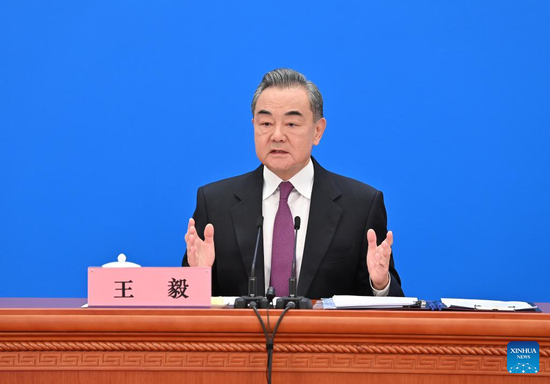



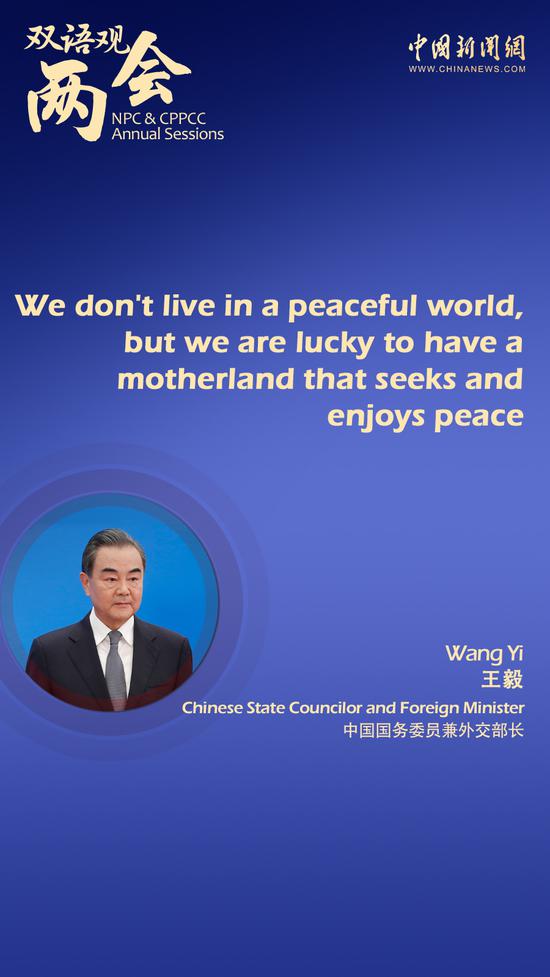









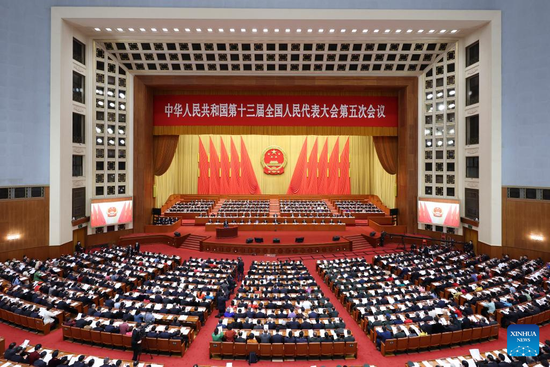




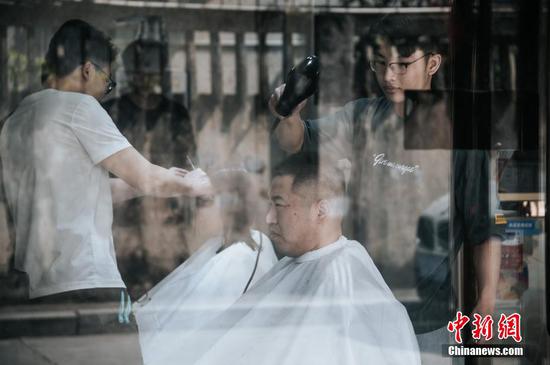




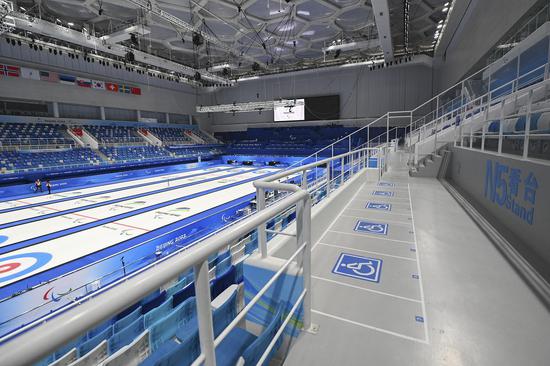



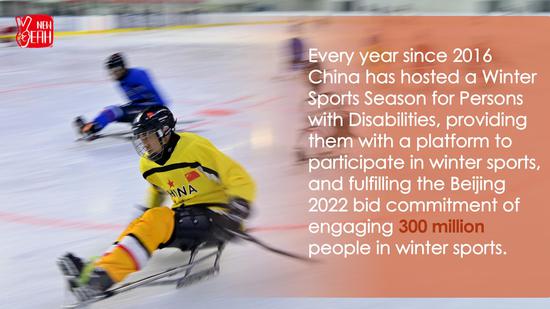
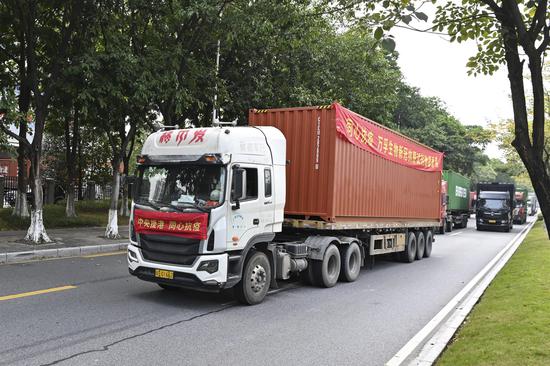



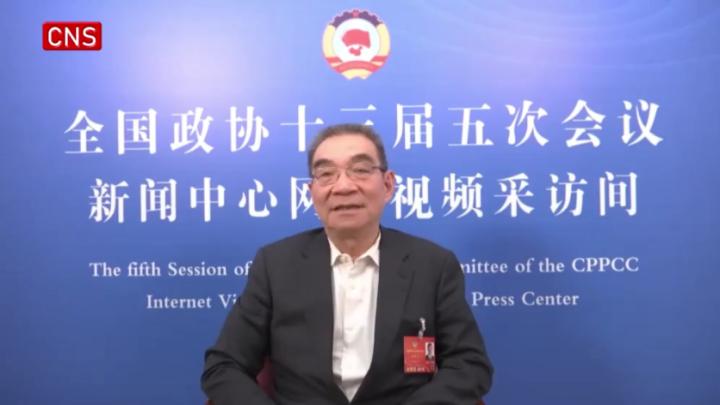

 京公网安备 11010202009201号
京公网安备 11010202009201号